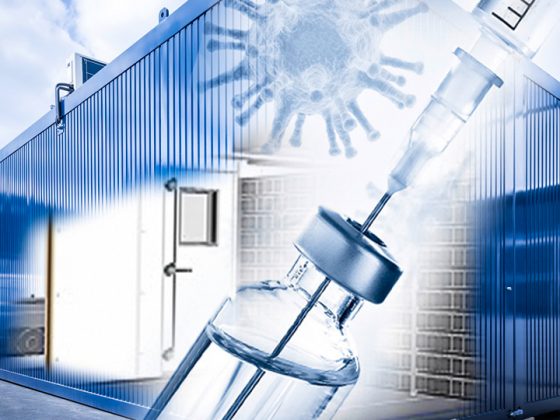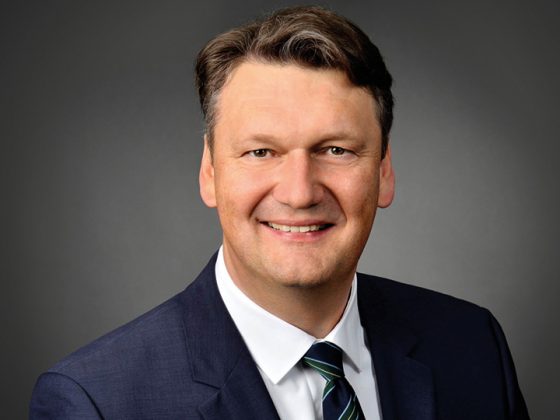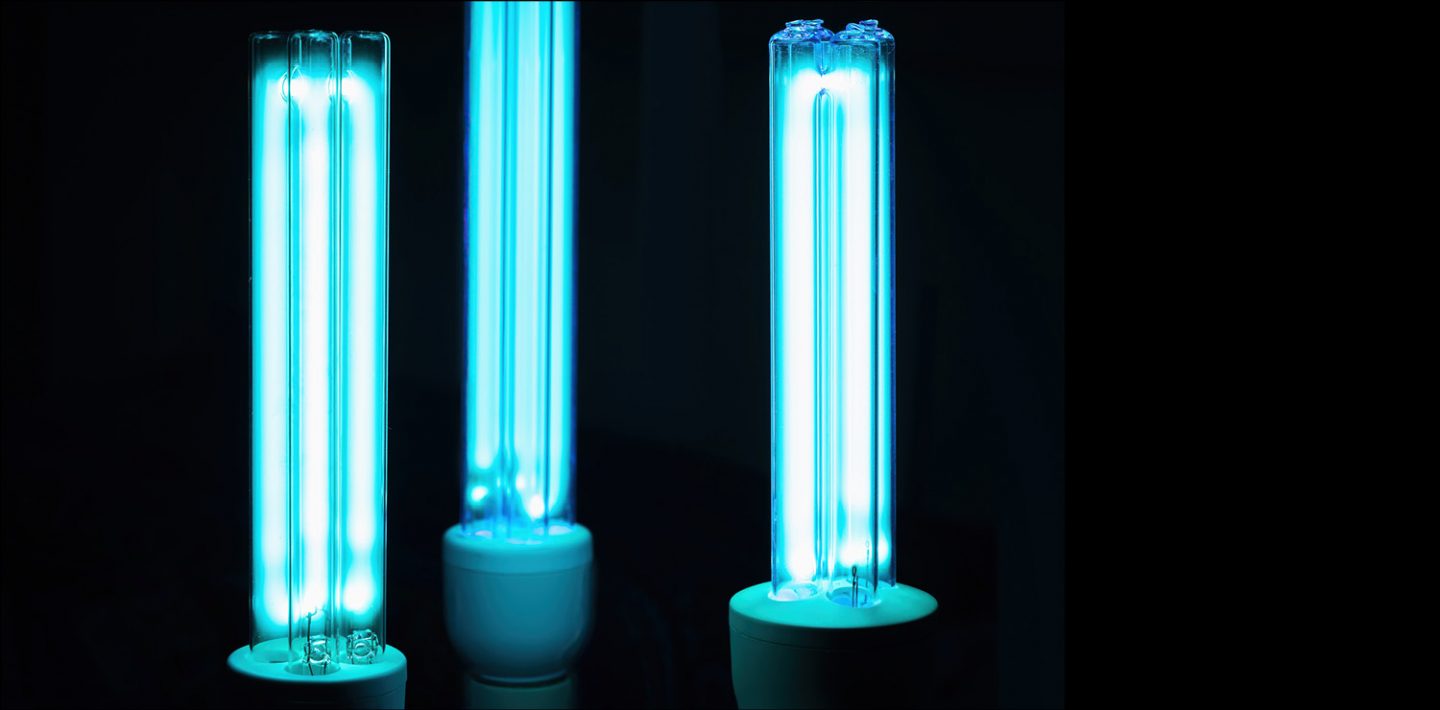
In the current discussion about purchasing air purifiers for schools and public buildings, the abbreviation UVC is occasionally appearing. It refers to ultraviolet radiation with particularly short wavelengths of 280 to 100 nanometres. It is so energy-rich that it destroys the genetics of viruses, bacteria and fungi spores. This is why it is increasingly being used in industry, where products or surfaces can only be disinfected without environmentally harmful or aggressive chemicals. This is the case, for example, in drinking water treatment systems or the food industry, or on ships where ballast water needs to be disinfected so that microorganisms cannot be transported to other regions of the world as stowaways. And recently also in air purifiers or UVC cleaning robots that eliminate corona viruses.
UVC technology is booming
Wherever there is plenty of light, there is also shade. Cleaning and disinfecting with artificial light is not entirely safe. The scientists are unanimous and classify short wave UV-C radiation as harmful to health, for example for eyes, skin and genetic substance. We don’t need to worry about the natural UVC radiation that comes from the sun. It is blocked by the ozone layer and absorbed by the oxygen molecules in the air. This is why sun creams only need to protect against low-energy and longer-wave UVA and UVB rays. We are naturally protected against UVC sunburn. But what about conveyor belts, escalator handrails, fitness studio equipment, train carriages, cinemas, restaurants, warehouses, public waiting areas, lifts or office areas? With the concern for coronavirus infections, UVC technology has made a massive breakthrough here. Do the materials, especially plastics, withstand treatment with this high-energy radiation?
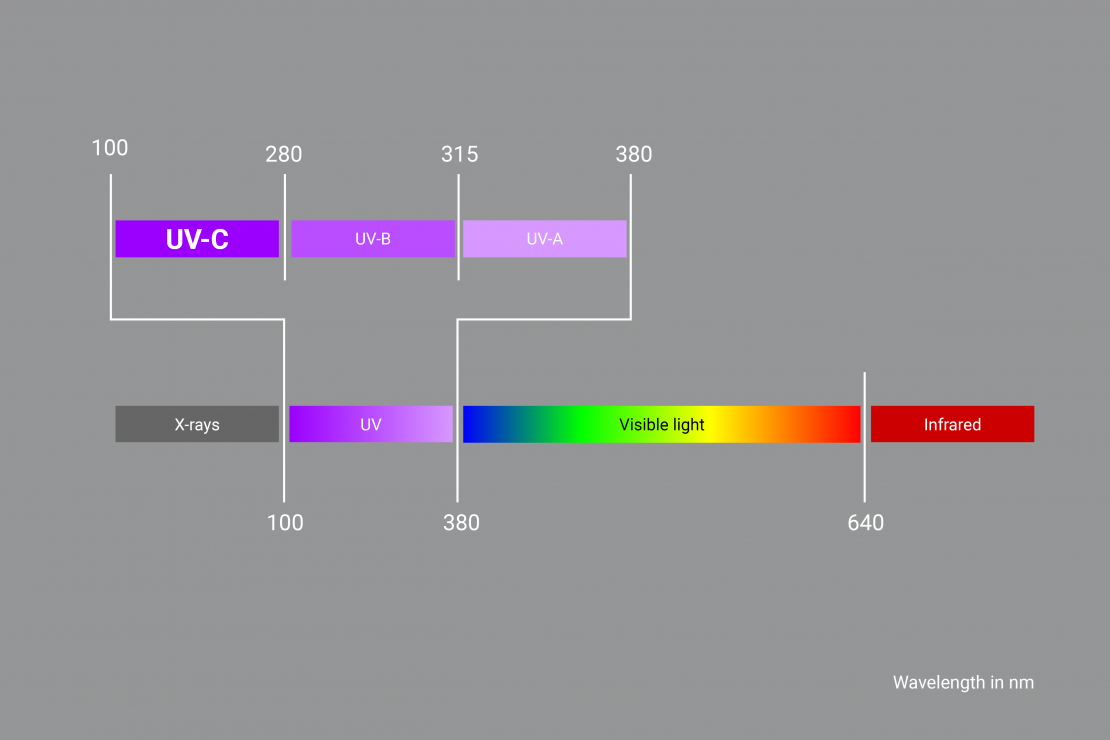
This question appears to be increasingly worrying manufacturers of UVC devices. Since the end of 2020, LAPP has received an increasing number of enquiries regarding the durability of cables exposed to UVC radiation. The experts at LAPP had to admit that they don’t know that exactly – there is astonishingly little known about the effect of UVC on materials, especially plastics in cable sheaths. This is due to several reasons: Firstly, there has previously been no demand from the market for product solutions specially designed for UV radiation. Instead, users have ordered cable products that are at least UV-resistant according to ISO 4892. However, this weathering test only tests for UVA and UVB radiation, which occurs outdoors. These cables are either black because their sheath contains carbon black that protects them against “sunburn”, or are made of very high-quality compounds such as polyurethane, which innately have good weather-resistance and UV-resistance. Whether this test also provides reliable statements for the high-energy UVC radiation was not asked and could not be confirmed due to lack of experience. On the other hand, there is currently no usable standardised test for testing the ageing of cables exposed to UVC radiation. Until recently, there were hardly any suitable testing devices on the market that could satisfactorily simulate the desired test requirements. With regard to the effects of UVC radiation on the ageing of insulating and sheath plastics, up until now, everyone has been left in the dark.
Most sheath materials fail
LAPP has taken the growing interest as an opportunity to get to the bottom of this question and has launched the ULTRAFOS-C 254 project. The number indicates the wavelength that disinfection devices normally work with. UVC radiation measuring 254 nanometres is the best way to kill germs. In the absence of a standardised testing norm, the LAPP laboratory has developed a test procedure in which cable materials are permanently exposed to UVC radiation with this wavelength for several weeks with high intensity. The results are astounding and somewhat disturbing. This is because it has become clear that the results of the previously common UV tests according to ISO 4892 cannot be transferred to UVC applications in any way. The test involved 200 test specimen from different ÖLFLEX® standard cables from LAPP, with different sheath materials: PVC, PUR, TPE ROBUST, electron beam cross-linked compounds and halogen-free compounds, each with different colours. After several weeks of intensive irradiation, the tensile strength and elongation values were determined in a tensile test device and various analytical measurements were carried out on the materials using X-ray fluorescence and IR spectrometry. Almost all test samples showed considerable changes, both due to visual variations in colour and surface, as well as the mechanical properties. Some evaporated plasticisers or additives for flame retardancy, some smelled unpleasant, many became brittle and broke when bent. Even cables with electron beam cross-linked sheaths, which have been developed for a high level of UV resistance, did not perform well in the test.
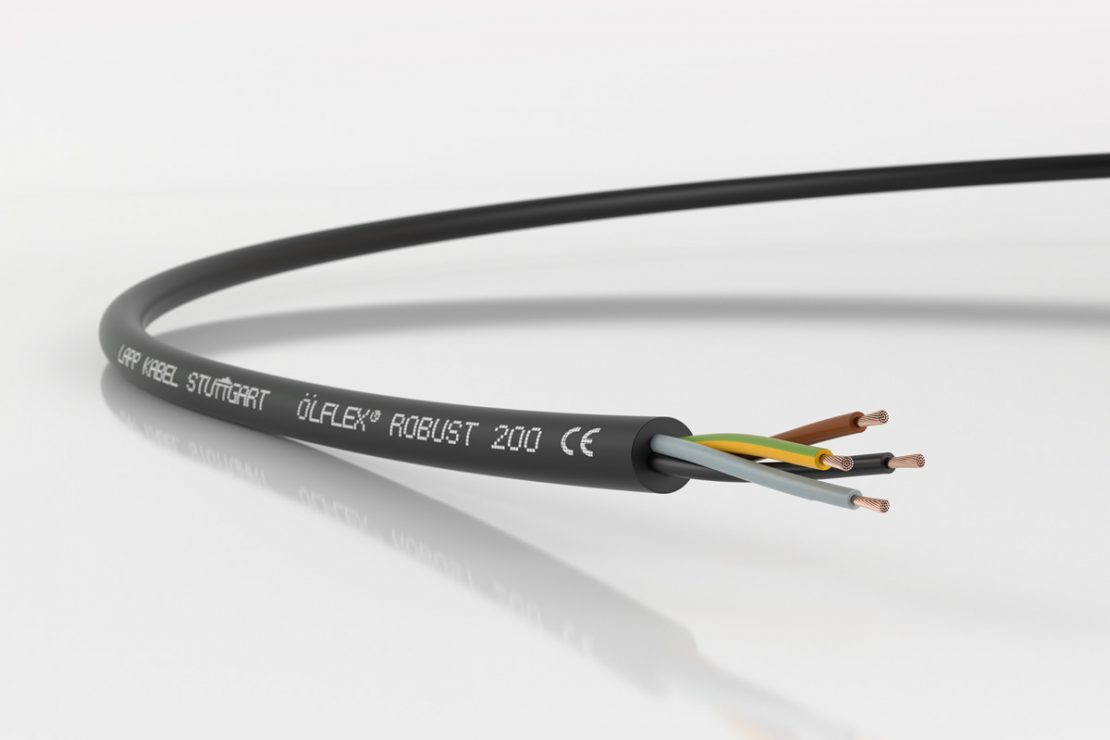
ROBUST is UVC-compatible
But there is also good news: all cable types from LAPP’s ROBUST series passed the test. Under this name, the company combines cable products from the ÖLFLEX®, UNITRONIC® and ETHERLINE® ranges, which are particularly suited to contact with bio-oils. The sheath material was originally developed 25 years ago, after in the 1990s, the legislator increasingly pushed the substitution of mineral oils with more environmentally friendly bio-oils. Back then, it was also thought that plastics that withstand mineral oils were also resistant to bio-oils. This was a mistake. In fact, bio-oils can attack conventional cable sheaths. The situation now is similar with disinfecting UVC radiation compared to UVA and UVB radiation. Due to its molecular structure and additives, the ROBUST material is designed in such a way that bio-oils and, most recently, even UVC radiation cannot harm it. Today, ROBUST cables are available in many variants for power and control cables, as well as data cables.
“For our customers who need cable solutions for applications with UV radiation, there is no urgent need for action,” says Frank Hörtnagl, Product Manager ÖLFLEX® at LAPP. “Our ROBUST series allows them to cover many of their application requirements.” To do this, however, it is necessary to raise awareness of the issue among customers who manufacture or use UVC disinfection technology. With suitable cables from the ROBUST series, customers can benefit from longer maintenance intervals and manufacture products for higher hygiene requirements. According to Hörtnagl, it was conceivable for LAPP to set up its own product line of UVC-resistant cables based on ROBUST to make the selection easier for customers, but this has not yet been decided.
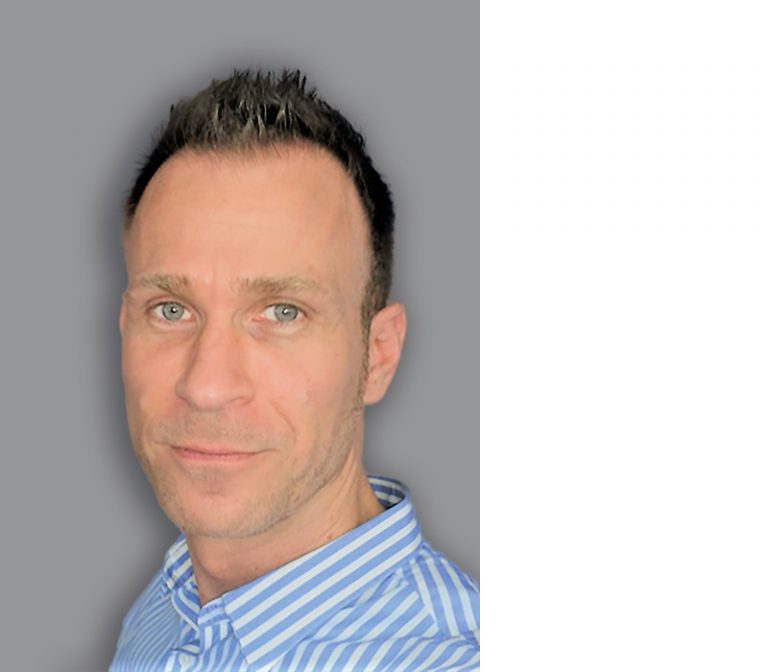
Standardised test required
However, this is not a reason for the product manager to lean back. He is working with the experts from the LAPP laboratory on strategies for making further products from the portfolio UVC-compatible. This first requires a sensible testing process. As I said earlier, the test was developed by LAPP itself and does not follow any testing standard. However, they could serve as the basis for a future international test standard, but whether this standard then actually adopts parameters such as radiation intensity and test duration is still open. For Hörtnagl, however, it is important to have a test procedure at all that enables comparative tests. “This makes LAPP a pioneer and we will support the development of a universally valid testing standard.” That’s not just for cables, as LAPP manufactures many other products such as connectors, cable glands, protective conduits and guiding systems or cable markings, which may also be heavily affected by UVC radiation sooner or later. The experts in the LAPP laboratory want to investigate that as the next step. One thing is clear, Frank Hörtnagl says: “The difference between UVA/UVB and UVC is greater than thought – it is much more than just another letter in the alphabet.”

